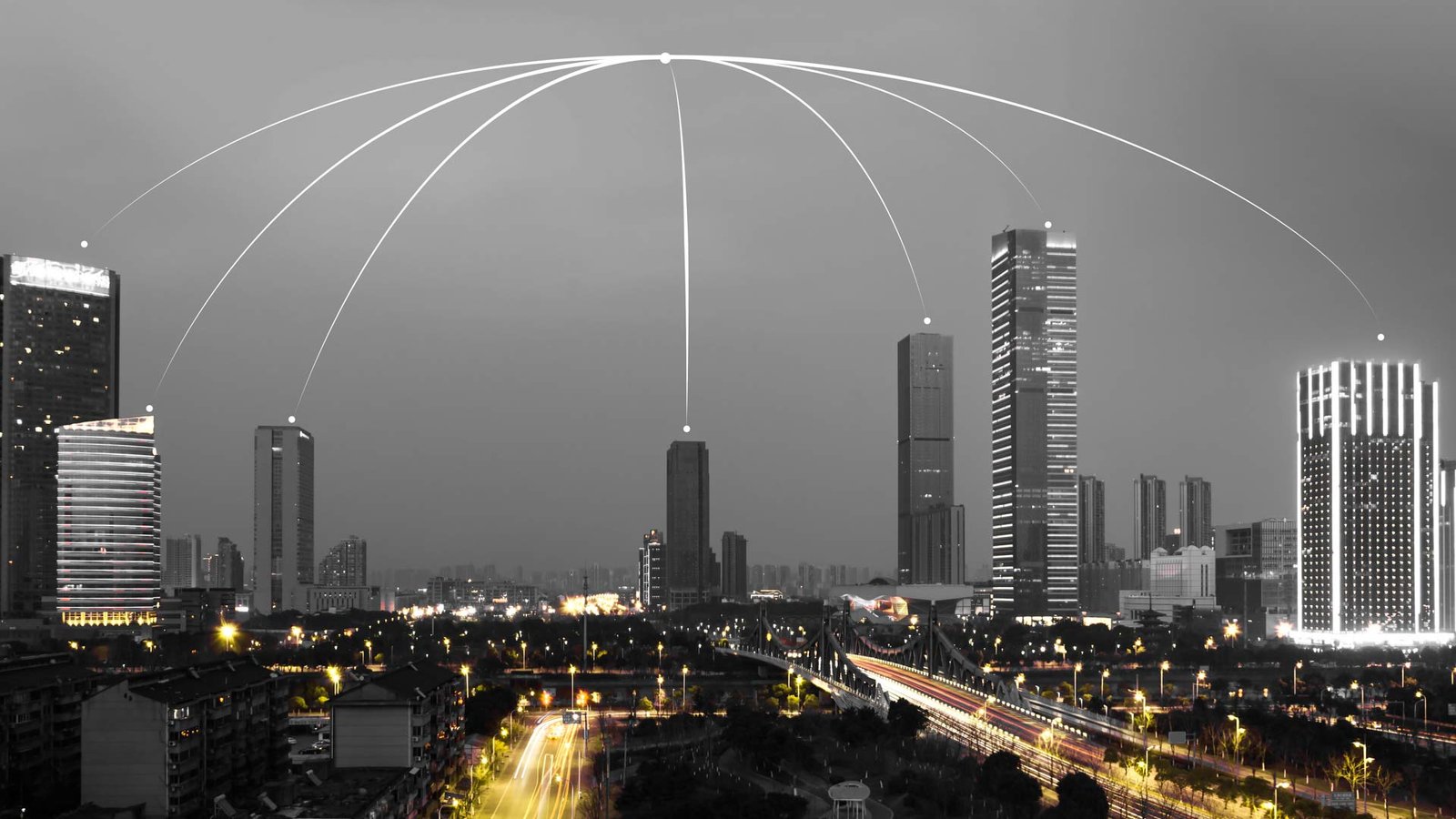Discover 6 ways optical networks power smart cities with speed, reliability, and sustainable urban innovation.
Can cities be made smart without a high-capacity, reliable network backbone? As the urban population is growing massively and the services based on the quantity of data are becoming more and more popular, the traditional infrastructure cannot keep pace. Optical networks possess the velocity, dependability, and capacity to advance IoT devices, AI structures, and real-time citizen services. They are not optional anymore- they are the foundation of the cities that are bound to be efficient, sustainable, and safe in 2025 as well as beyond.
Table of contents:
High bandwidth for data-heavy applications
Ultra-low latency enables real-time decisions.
Scalability for future growth
Reliability and resilience for critical services
Enabling advanced applications and innovation
Supporting sustainability and energy efficiency
High bandwidth for data-heavy applications
Optical networks facilitate and process large amounts of data, making the operation of city systems a smooth process. The real-time analytics of traffic monitoring platforms analyze the signal flows of thousands of sensors, optimizing the flagellation of signal flows and lowering congestion. The smart energy grids employ fiber-optic networks to control the distributed energy sources and demand spikes.
Executives are always wondering whether they are justified in investing in that. The question would be answered in the affirmative: fast infrastructure in terms of high bandwidth would translate into efficiency in operations, less time in downtime, and quicker decision-making in various municipal services.
Ultra-low latency enables real-time decisions.
Latency has ceased to be a trivial technical point–it can make the difference between life and death. The optical networks provide the near-instantaneous communication of autonomous transport, emergency response, and smart healthcare monitoring.
An example: Fiber-optic networks are already deployed by several European cities to link autonomous shuttles to traffic control centers, thus guaranteeing safe navigation and timely emergency response actions. Cities that do not have low-latency networks will find it hard to keep up with the increased demands of responsiveness and safety by 2025.
Scalability for future growth
The concept of smart cities is in continuous development. Optical networks also allow it to add without full infrastructure upgrades. A new deployment of IoT, environmental sensors, or citizen services can be integrated into the current network.
Practical examples include:
- The digitization of government services with no pinch points.
- Adding smart parking and environmental surveillance.
- Very Large-Scale AI-based predictive urban analytics.
Scalability will make sure that investments made today will be applicable tomorrow and protect cities against obsolescence.
Reliability and resilience for critical services
Fiber-optic networks have a low susceptibility to interference, changes in power, and cyber attacks, so they are suitable in mission-critical environments. This reliability is applicable in emergency services, public transport monitoring, and smart grid management.
Leaders of cities have a burning question: Are citizens ready to trust the services on the basis of the wireless-only networks? The optical networks offer that confidence by guaranteeing a continuous, secure, and reliable connection.
Enabling advanced applications and innovation
The next generation smart city applications are unlocked by the optical networks. High-speed and low-latency networks are utilized in predictive traffic management AI models, maintenance of utilities through the use of augmented reality, and real-time analytics of the health of the population.
The cities with optical infrastructure will have a definite innovation edge by 2025. The companies that are dependent on a limited or old network may find themselves unable to implement new technologies successfully.
Supporting sustainability and energy efficiency
The idea of sustainability is one of the major pillars in modern urban planning. Fiber-optic networks require much less power as compared to the conventional copper or wireless systems and complements the green efforts in the city. Optical connectivity is essential in a smart lighting system, energy-saving community constructions, and IoT-driven waste collection.
Optical networks are not only a technical choice, but also a guarantee of long-term sustainability and operational stability.
The speed, reliability, scalability, innovation, and sustainability required by smart cities are provided by optical networks. They are the unsung heroes of the city change.
Whether or not to invest in optical networks is no longer a critical question for executives and policymakers, but rather whether their city is ready to make good use of them. The winning cities will be those that integrate the planning of infrastructure and the adoption of futuristic technology.
Discover the latest trends and insights—explore the Business Insights Journal for up-to-date strategies and industry breakthroughs!

